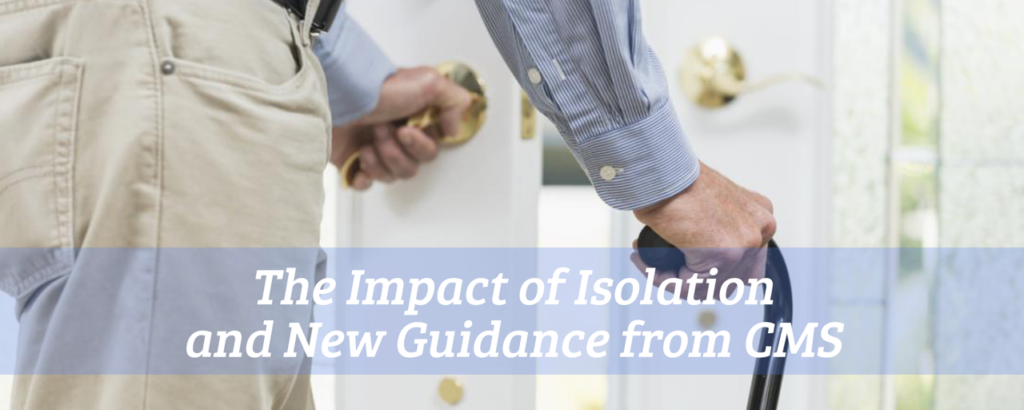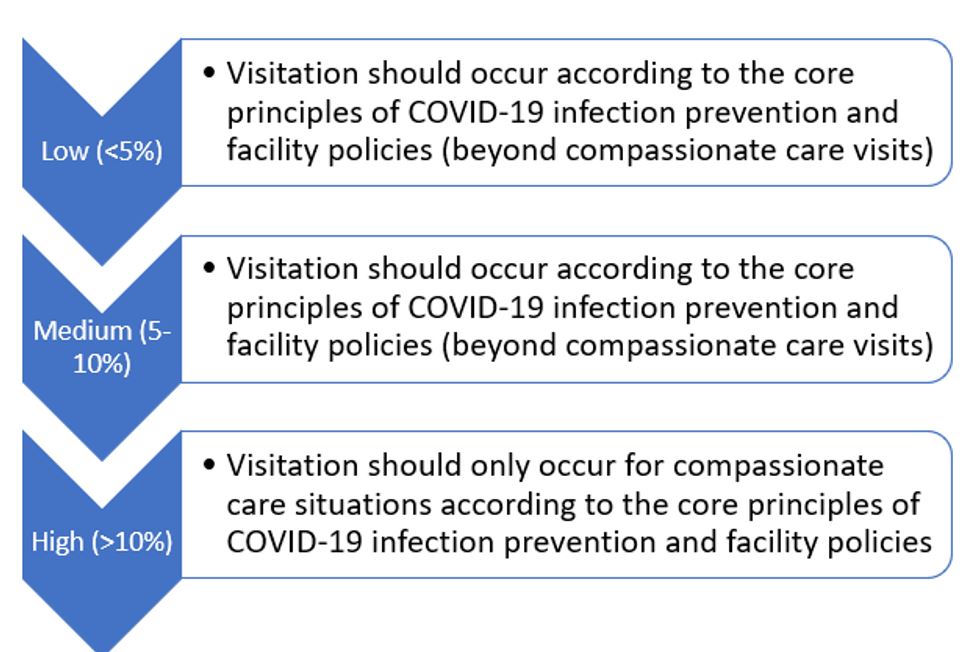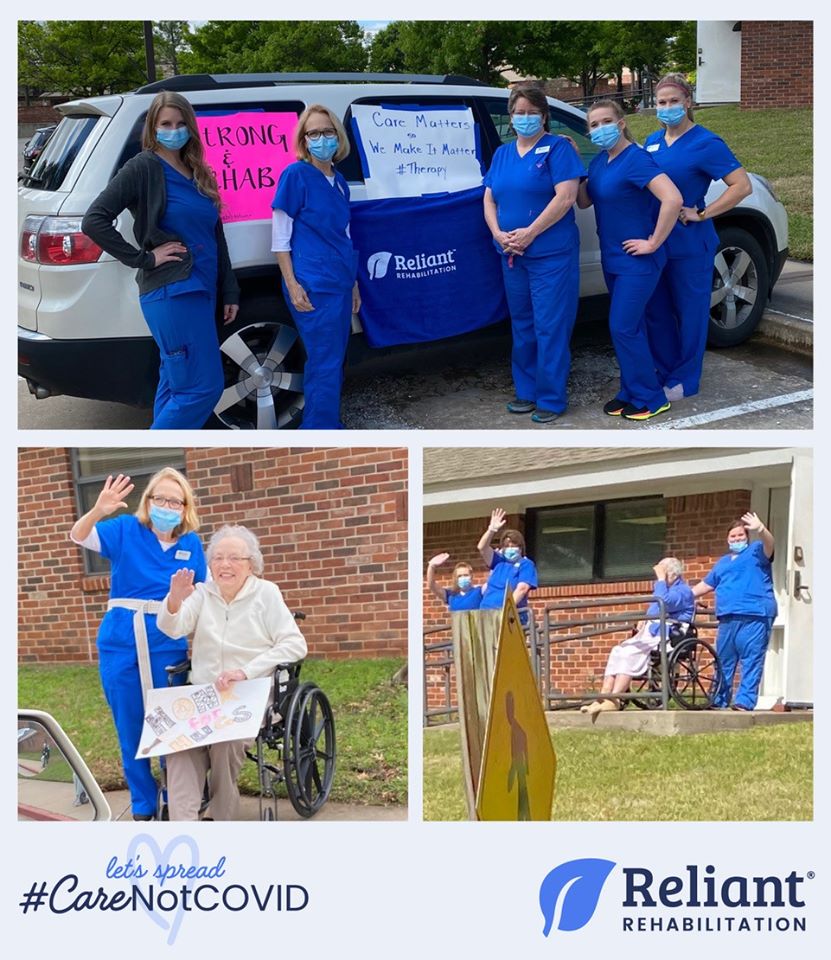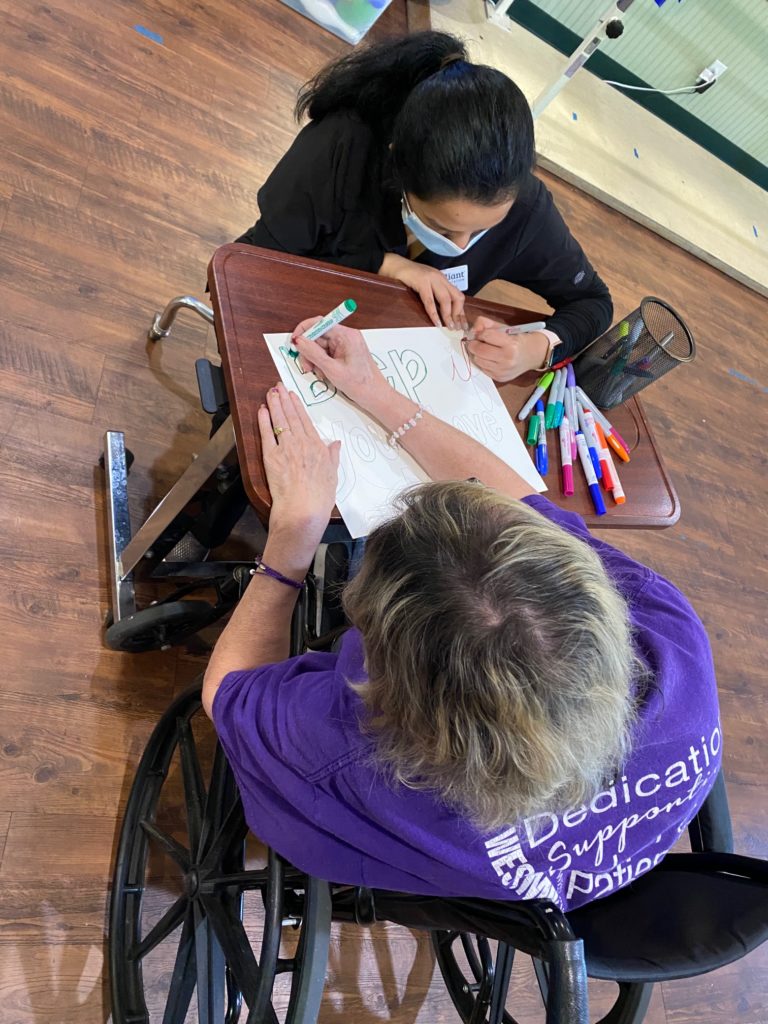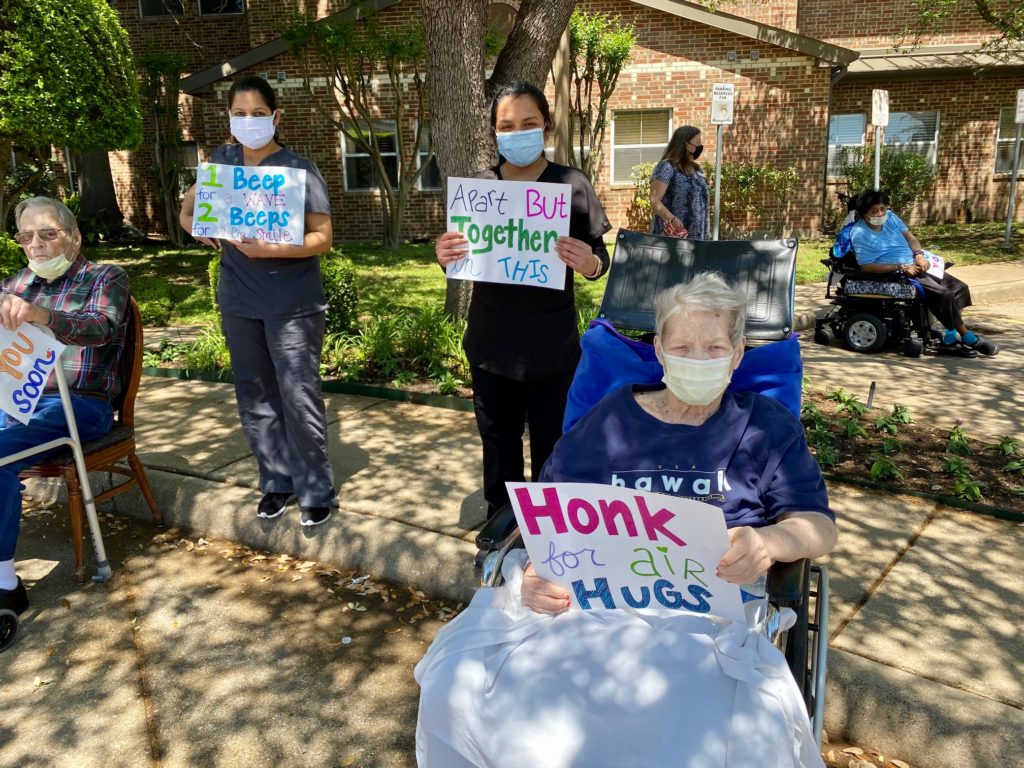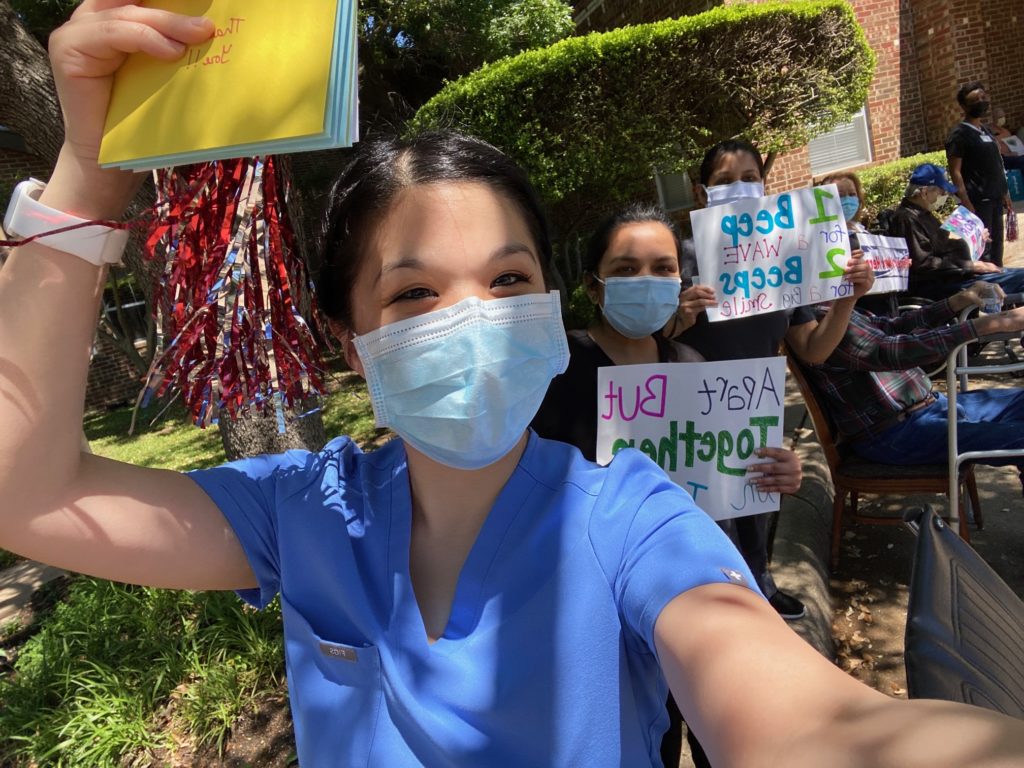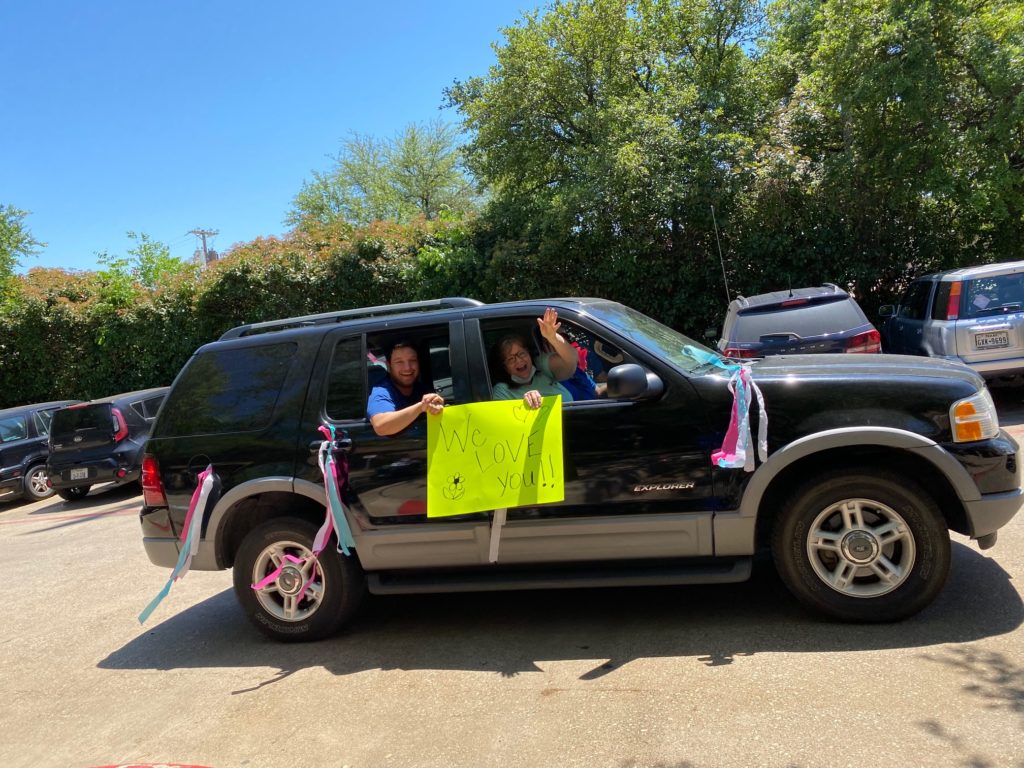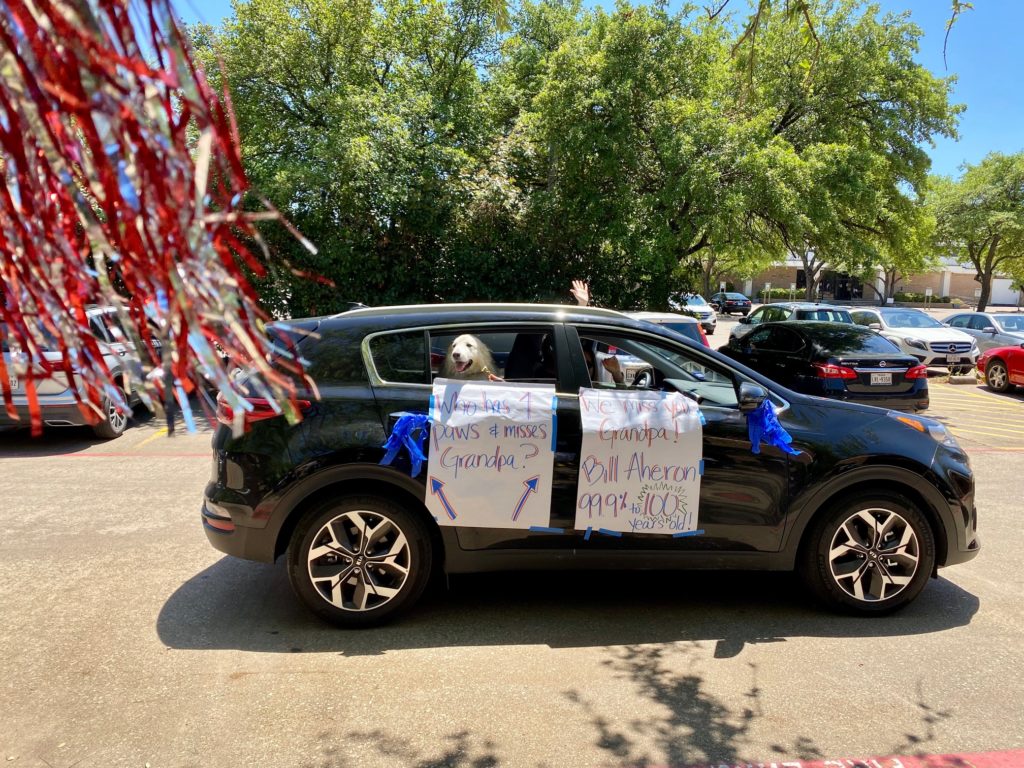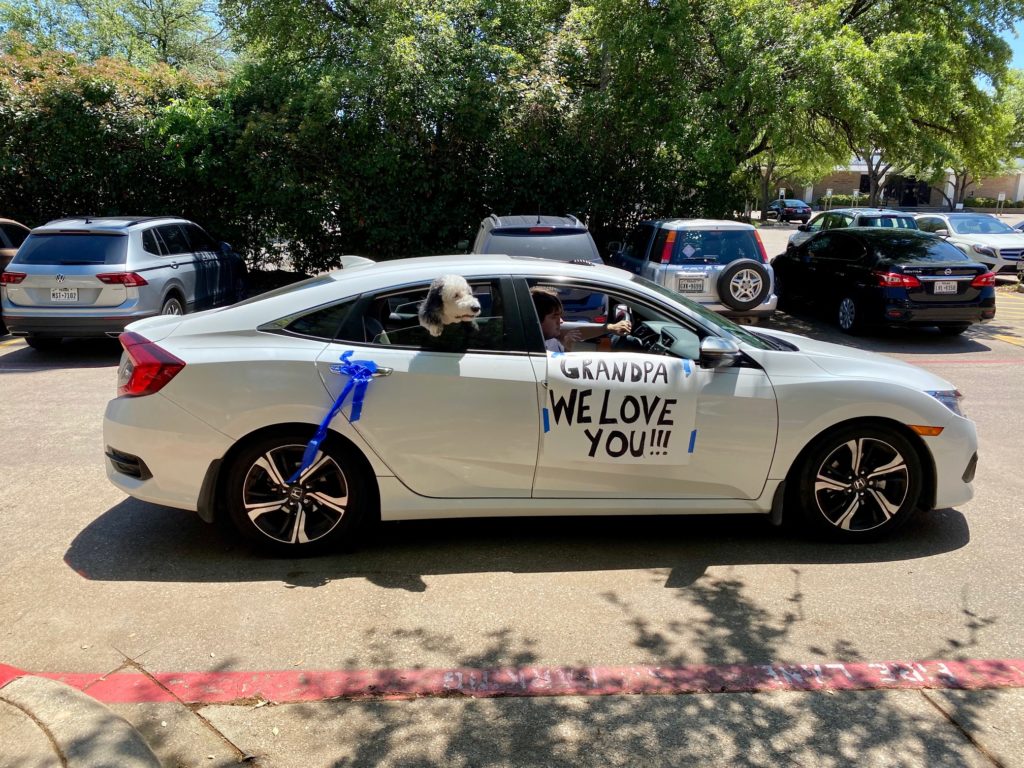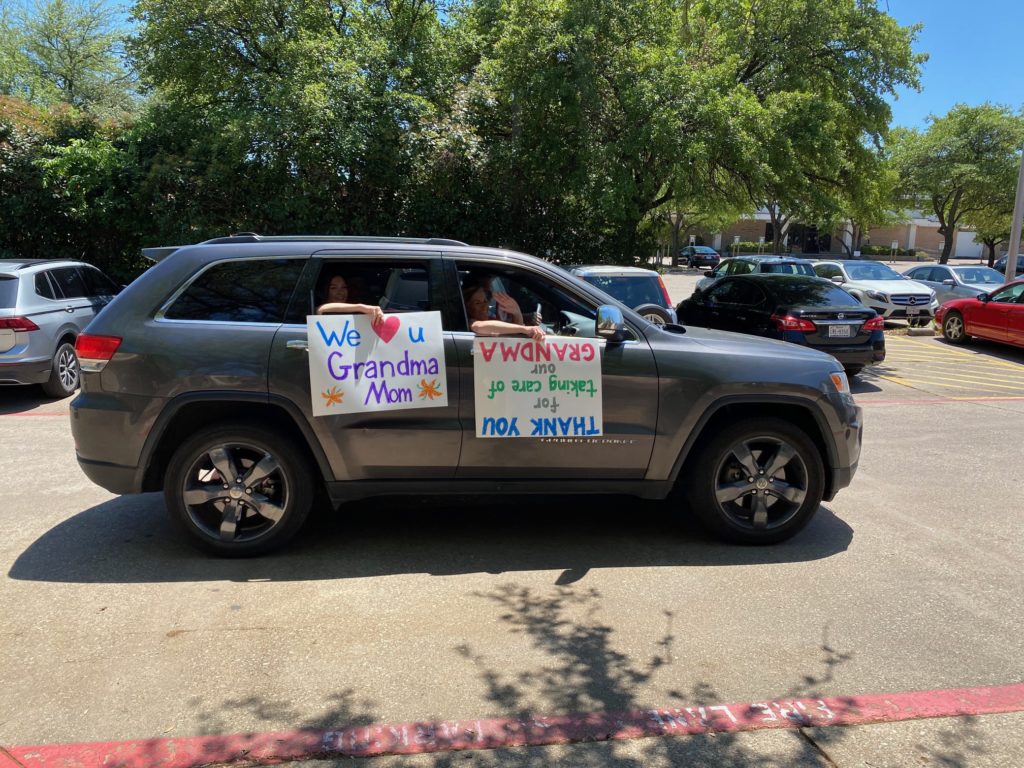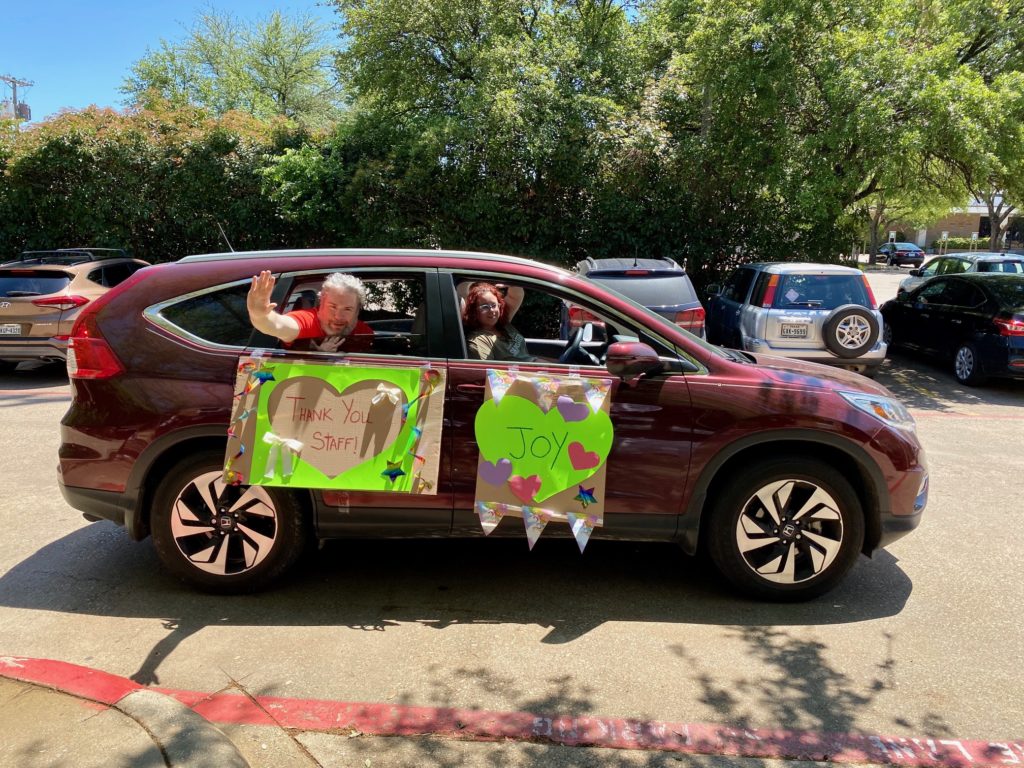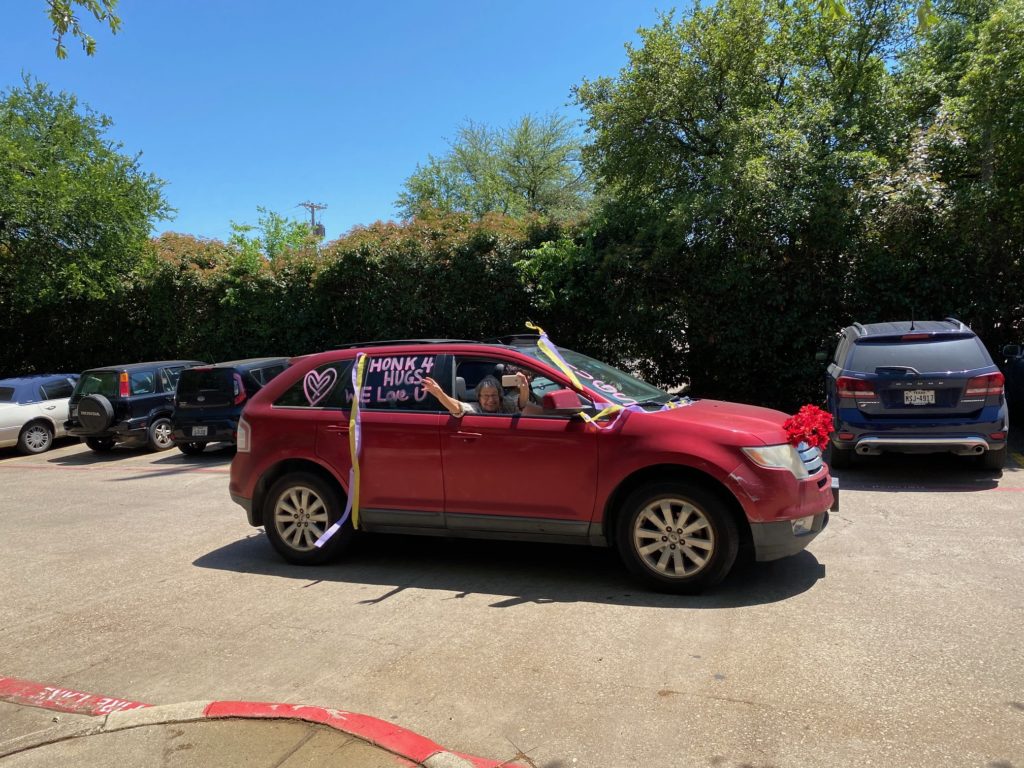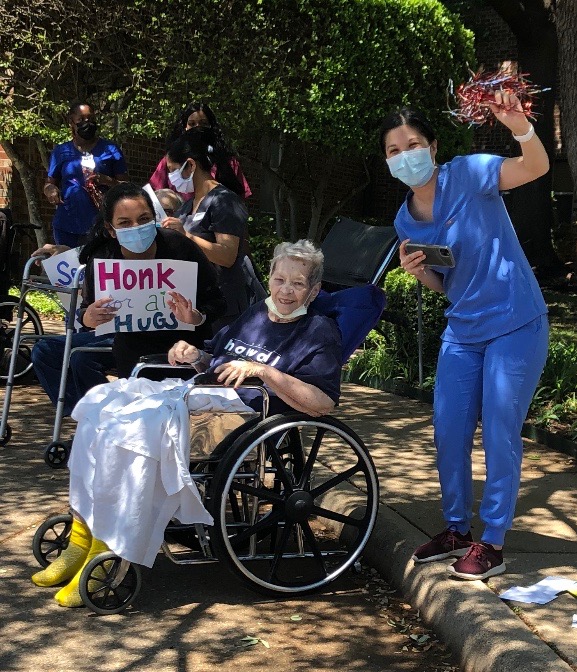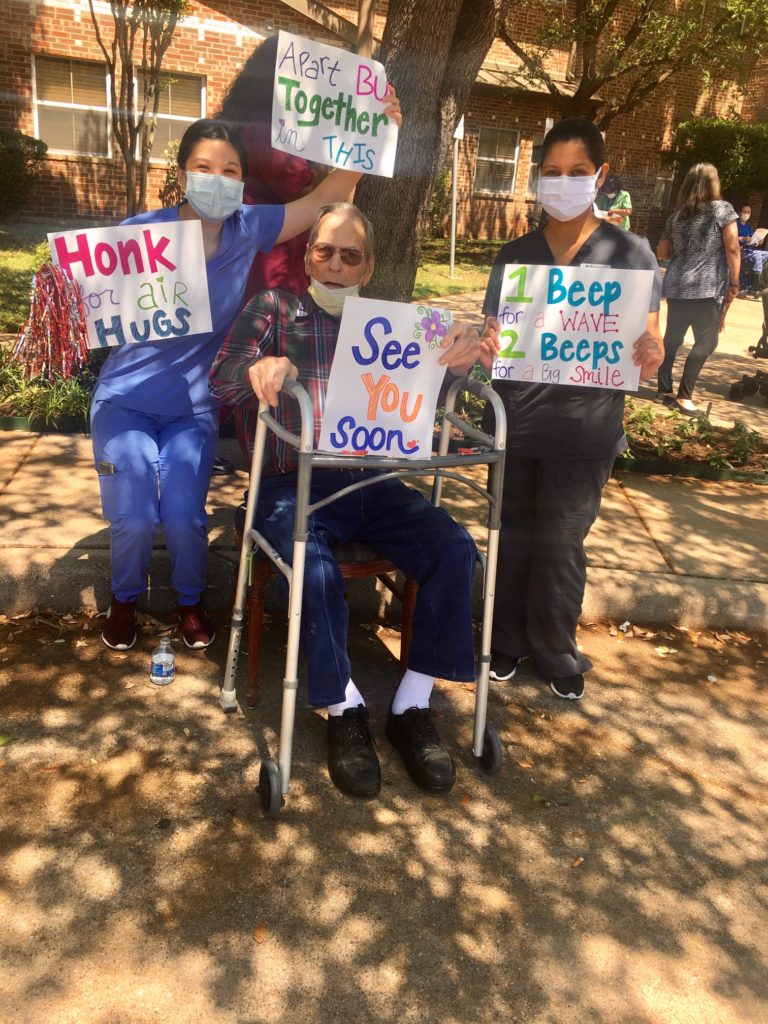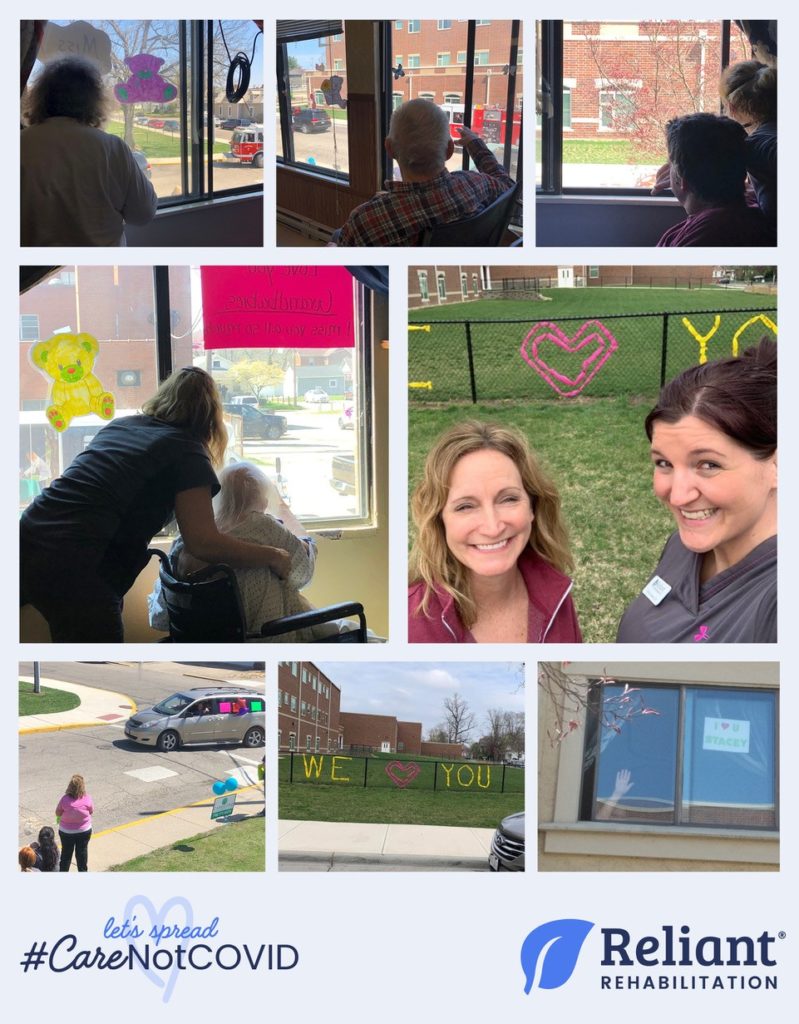As we all have become acutely aware of, COVID-19 and the response to the pandemic have resulted in adverse outcomes to residents of skilled nursing and long-term care facilities. These adverse outcomes range from reduced physical function, including decreased muscle strength and endurance, to cognitive and psychosocial impairments, including delirium, neurological dysfunction, depression, and occupational deprivation. In combination, these symptoms paint a clear picture for the need of occupational therapy (OT) intervention. As OT practitioners, we must identify and champion our unique role in not only the physical rehabilitation of our patients but also in their psychological well-being.
According to the American Journal of Occupational Therapy’s (AJOT) OT Practice Framework, our profession, in its fullest sense, is facilitating achieved “health, well-being, and participation in life through engagement in occupation.” We identify the areas of occupation that our residents value, consider their context, and recognize the unique performance patterns and skills that affect the individual’s ability to engage and participate. This is clearly a client-centered, holistic process—one that considers physical function, cognition, and psychosocial impairments that may be impacted. Who better to address the wide range of outcomes that have resulted with our residents in skilled nursing and long-term care facilities?
As we continue to care for our residents who have been affected directly or indirectly by COVID-19, it is imperative that we implement this client-centered, holistic approach. How has the individual’s physical function been affected? Consider implementation of a cardiopulmonary program that includes respiratory strategies, postural control exercises, and exercise prescriptions. To address changes in cognition, complete a standardized cognitive assessment to identify specific processing skills for intervention during activities of daily living. Equally important, and even more important in some cases, are the psychosocial challenges that residents face during the pandemic. As patients are isolated to reduce transmission risks, unintended negative consequences present, including disruption of daily routines and restrictions to leisure and social participation. Recent studies suggest that isolation- associated loneliness has contributed to swift health declines in residents with dementia during the COVID-19 pandemic. Recognize and affirm residents in the challenges they face and use creative technological outlets to enhance participation in meaningful daily activities. Are there opportunities for virtual conferencing with friends or family? Are audio books, online games, or learning modules an option for leisure?
As OT practitioners, we are equipped to meet the tidal wave of challenges that COVID-19 has introduced to residents in skilled nursing and long-term care facilities. The tenets of our profession prepare us to respond to the physical, cognitive, and psychosocial changes that may occur. Though relaxed restrictions to nursing home visitation are on the horizon, the time is now to take hold of our unique, distinct role in facilitating health, well-being and participation in the lives of our residents.
References:
American Occupational Therapy Association. (in press). Occupational therapy practice framework:
Domain and process (4th ed.). American Journal of Occupational Therapy, 74 (Supplement 2). Advance online publication.
De Biase, S., Cook, L., Skelton, D. A., Witham, M., & Ten Hove, R. (2020). The COVID-19 rehabilitation
pandemic1. Age and ageing, 49(5), 696–700. https://doi.org/10.1093/ageing/afaa118
Gitlow, L., PhD, ATP, FAOTA, OTR/L, Lee, S., OTR/L, Hemraj, R., OTR/L, Sheehan, L., OTD, OTR/L, & Ambroze, G., OTS. (2020). Occupational Therapy and Older Adults: Combating Social Isolation through Technology. PDF. American Occupational Therapy Association.
Lasek, A. (2020, September 18). Dementia mortality skyrockets since lockdowns; CMS loosens visitor restrictions – Clinical Daily News. Retrieved September 18, 2020, from https://www.mcknights.com/news/clinical-news/dementia-mortality-skyrockets-since-lockdowns-cms-loosens-visitor-restrictions/?utm_source=newsletter


